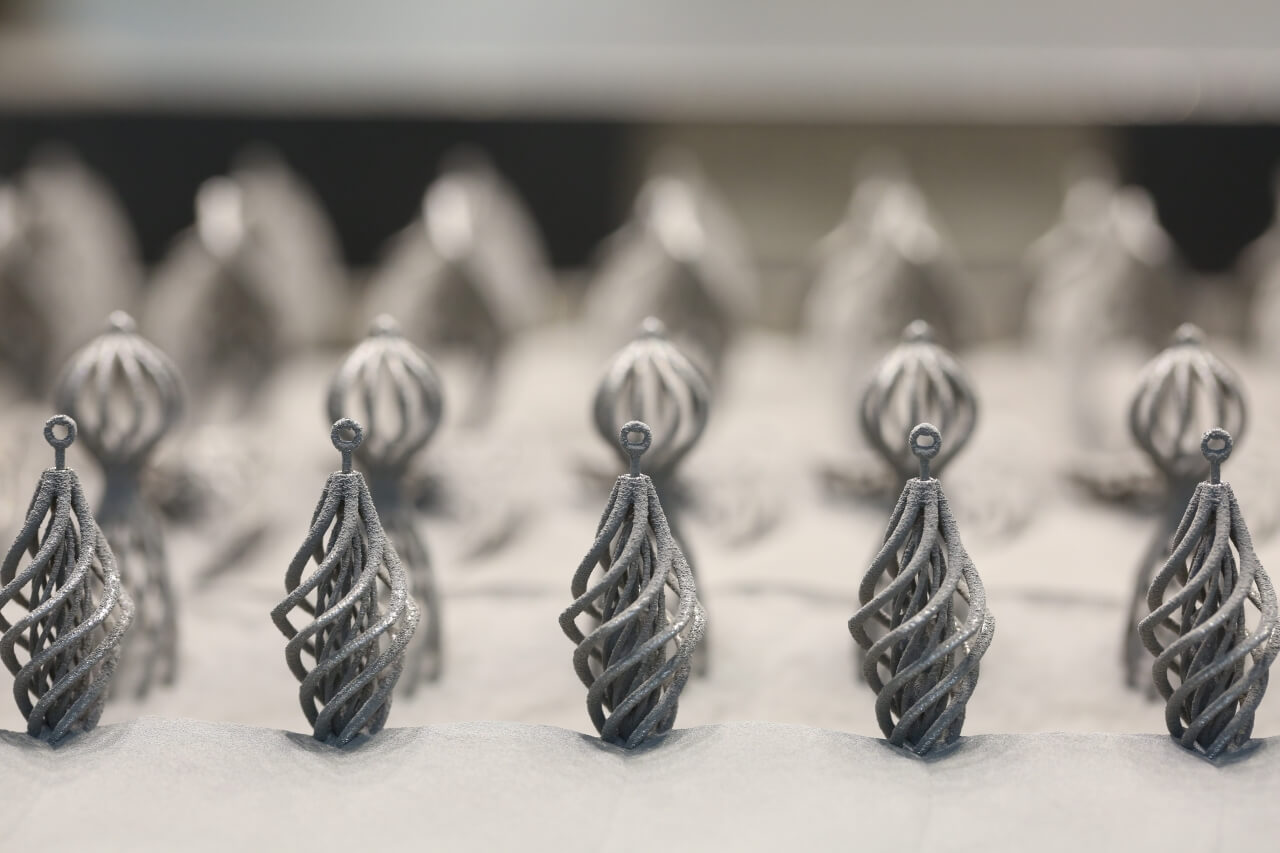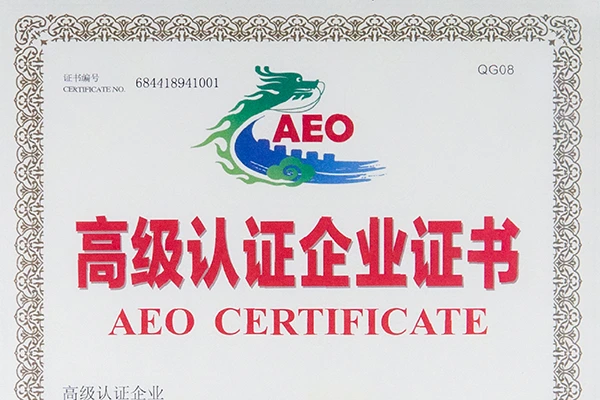Think about the products you use on a daily basis. Whether they’re physical products like laptops or digital ones like apps, we’re surrounded by innovative product design examples everywhere we look. These products represent the work of product designers.
From a consumer perspective, we only see the end result and don’t know what took place behind the scenes. Today, we’re going to explain how to get started in product design.
1. Find a Community
Finding a network of people who are passionate about design is key to starting your career off on the right track. In the early stages of design, you can leverage online platforms like Behance and Facebook groups like Designers Guild and Designers League to connect with others in your field. The more you contribute to these communities, the more help you’ll receive when looking for honest feedback on your work. You’ll also want to follow your fellow designers on social media—Instagram, Twitter, and LinkedIn—and slowly build an online presence.
2. LEGO®

While one of the best examples of great product design, there was a time when Legos were just colorful building blocks that were beloved by children and excruciatingly painful when stepped on. But now, the Lego universe encompasses multiple worlds filled with characters and machines that people of all ages can build, modify and mash up.
There are even Lego-sponsored competitions that give people the opportunity to test their design skills and come up with new creations using Lego parts. And Lego has done a great job in developing a story arc to go along with many of their toys and themes, so they’re not just stand-alone objects but characters in an ongoing fictional narrative that children get to participate in. We all love to play with toy soldiers, dolls or ships, so Lego simply combines this natural love of play with a lot of clever engineering education.
3. YouTube
Everyone these days has access to a video camera and to the internet. Put them together and you get YouTube and other video sharing sites like Vimeo. As an information resource generally, the internet is the greatest repository of raw knowledge we’ve ever created, but it’s a mess.
But if you’re a hands-on kind of person looking for a tutorial on how to tune up your bicycle, check out YouTube. Want to learn how to weld, build an Adirondack chair or, yes, use a 3D printer to make your first prototype – well, there’s a YouTube video (or fifty) out there to teach you how. The quality of the presentations is as variable as the people making them, but that’s why they’re so interesting. Sharing information, know-how and experience from all points of view is a wonderfully democratizing experience and encourages budding product designers to engage with one another and pick up new skills.
4. Open Source Computers
The Android operating system for cell phones is meant to be “open source”, meaning anyone with sufficient programming chops can create new apps to share with anyone else and, of course, there are millions of people doing just that. A new generation of cell phone users is perfectly comfortable with open source design, but not everyone knows how to program an app or wants to. To invite younger people to get involved in our electronic world, inventors and educators have created new hardware/software interfaces that are easy to use and program.
The award-winning Arduino and Raspberry Pi are two open source computers that are no bigger than a credit card and can be plugged into any laptop. They contain sensors and programmable chipsets that allow anyone to reconfigure them to control all kinds of other devices, like robots, flying drones or remote cameras. We’ve talked before about the Internet of Things. These kinds of inexpensive devices invite young learners to interact with our connected world in all kinds of ways, taking away the intimidation factor of black-box computers and, instead, inviting them to create something new.
5. Crowd Funding

So let’s say you’ve got a great idea, and you’ve already made a sample or prototype and you believe it might be the next big thing. Trouble is—you’re short on cash. What to do? Crowdfunding websites like Indiegogo and Kickstarter have revolutionized the concept of venture capital. Now, fledgling inventors and product designers, if they’re not affiliated with a large company that can support them, need only present what they have on a website. They can look for small outside investors to get them started in exchange for a free gift or even a share of the company—assuming the idea becomes something. There’s little risk involved other than some sweat equity, and not every idea catches fire, but once in a while, there comes along a game-changer like the amazing Oculus Rift virtual-reality headset, which started its life on Kickstarter and last year was bought out by Facebook for more than $2 billion. If that doesn’t provide some incentive for young designers to get busy making things, we don’t know what will.
We like making things ourselves and will continue to keep you updated on advances in materials, machinery and techniques for rapid prototyping and tooling. But our work doesn’t start unless there are people designing things to be made. The industrial and product designers of tomorrow will come from those young people today who are excited by the joy of learning and discovery and who now have an entire new suite of tools available to help them get started. Contact us today for a free quote on your project!





